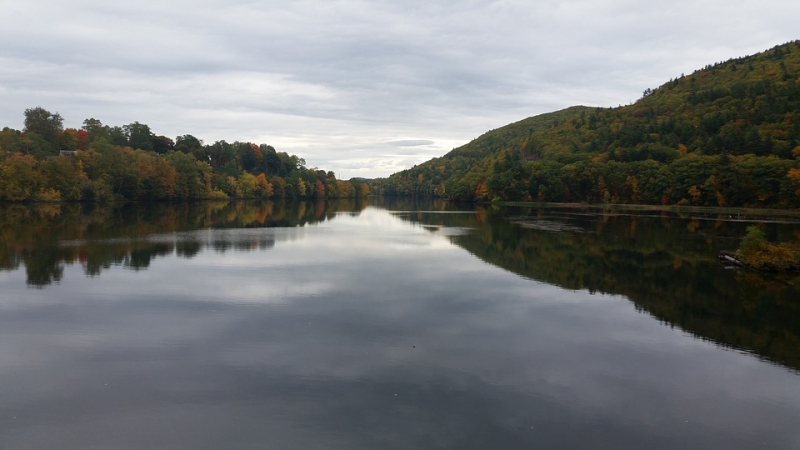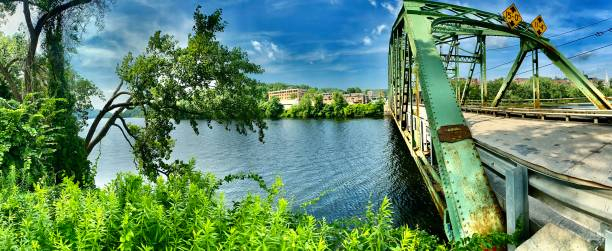Brattleboro

Brattleboro may appear to be a city by Vermont standards with its several blocks of Main Street structures and businesses and a population of about 12,000 people. However, it isn't because it has a town form of government with a yearly town meeting. What's more, it exhibits a small-town ethic. It is also one of the few places in the state where industry has played a significant role in its history. There were several manufacturers as well as mills for textiles, paper, and machinery by the middle of the 19th century. The idealistic (and liberal) back-to-the-landers who moved here in the 1960s and 1970s stood in contrast to this blue-collar heritage; over time, the two merged to give Brattleboro a vibe that is unlike anywhere else in the state.
There are many active craftspeople, musicians, and artists in this area, along with small working farms, some of which are now run by third generation back-to-the-landers. Small shops, galleries, bookstores, coffee shops, tiny ethnic cafes, and a resale consignment center that occupies an old department store can all be found in the city's bustling downtown. Notices of performances, concerts, classes, social action meetings, and community events are posted on bulletin boards (which include the annual Strolling of the Heifers, when local kids parade their livestock down Main Street).
Spend a Saturday morning at the Brattleboro Farmers' Market to find a microcosm of everything mentioned above. Here, locals and visitors mix while shopping for fresh produce, handmade soaps, pottery, maple syrup, garden plants, handspun yarns, woodenware, farm cheese, fine chocolates, breads baked in wood-fired ovens, and an international selection of lunch foods from all five continents. From May through October, when it relocates to a location on Main Street for the winter, it is the social event of the week. Local musicians play, kids play in the sandbox, and picnic tables are full by 11 a.m. This is the place to go if you want to learn more about Brattleboro.














